Morocco is a country of great contrasts. Situated a stone’s throw from Europe, its culture and people are a fascinating mix of Berber, European, African and Arab influences.
From the Mediterranean coast in the north, through the snow-capped Atlas Mountains to the arid Saharan desert, these diverse habitats make Morocco a top destination for wildlife.
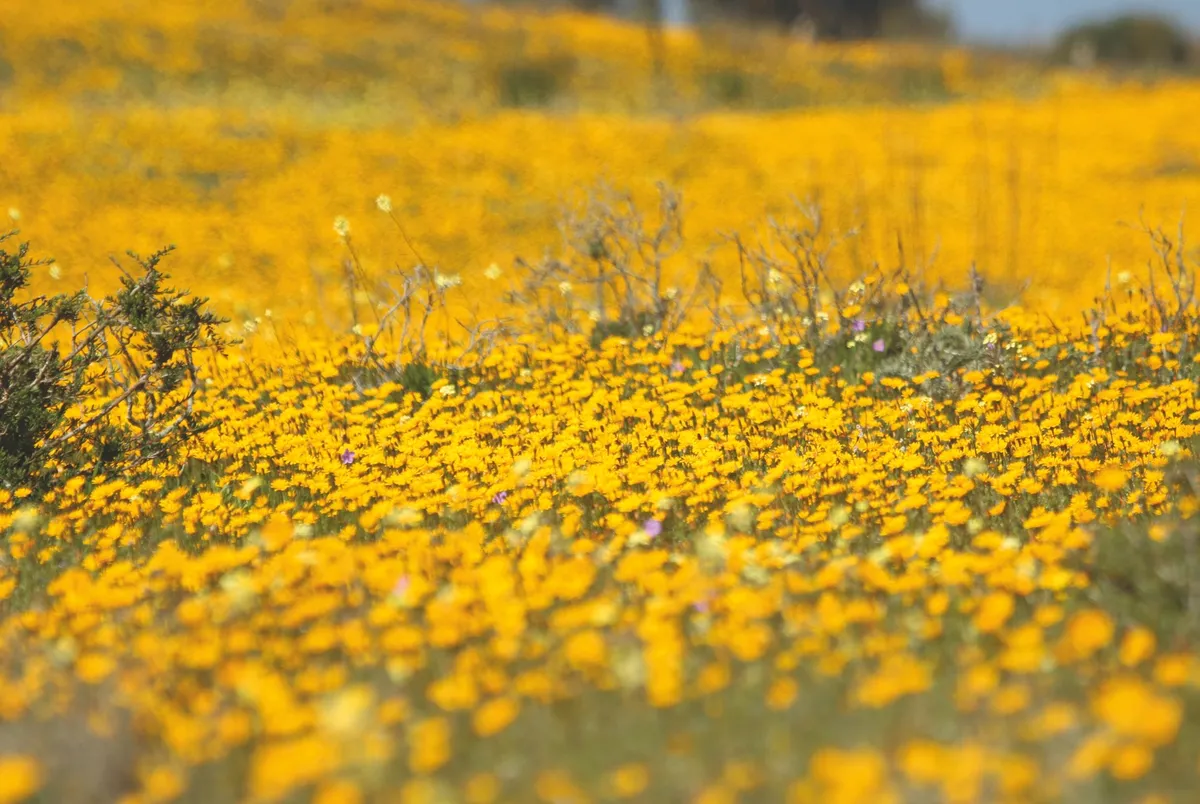
March is the best time for enjoying many of the flowers, both on the coast and in the mountains. With Mediterranean, Macaronesian and African influences, this area has a wonderful mix of plants, such as succulent euphorbias, colourful composites, toadflaxes and lavenders and shrubs, including the endemic Argan tree.
Holiday details
- Dates: 7 to 14 March 2020
- Costs: £1,675 per person for eight days. Single-room supplement £165. Non-refundable deposit £500 per person. Balance to be paid by 6 December 2019.
- To book: email wildlifetravel@wildlifebcn.org or cal 01954 713575 and quote BBC Wildlife reader holiday.
- Please note: The trip requires a minimum of 6 persons to run. Deposits are taken either by bank transfer or by cheque. A maximum of 14 spaces are available for this trip.
The birdlife is very interesting, with local specialties including house bunting, Moussier’s redstart, black-crowned tchagra and, with luck, the Critically Endangered northern bald ibis.
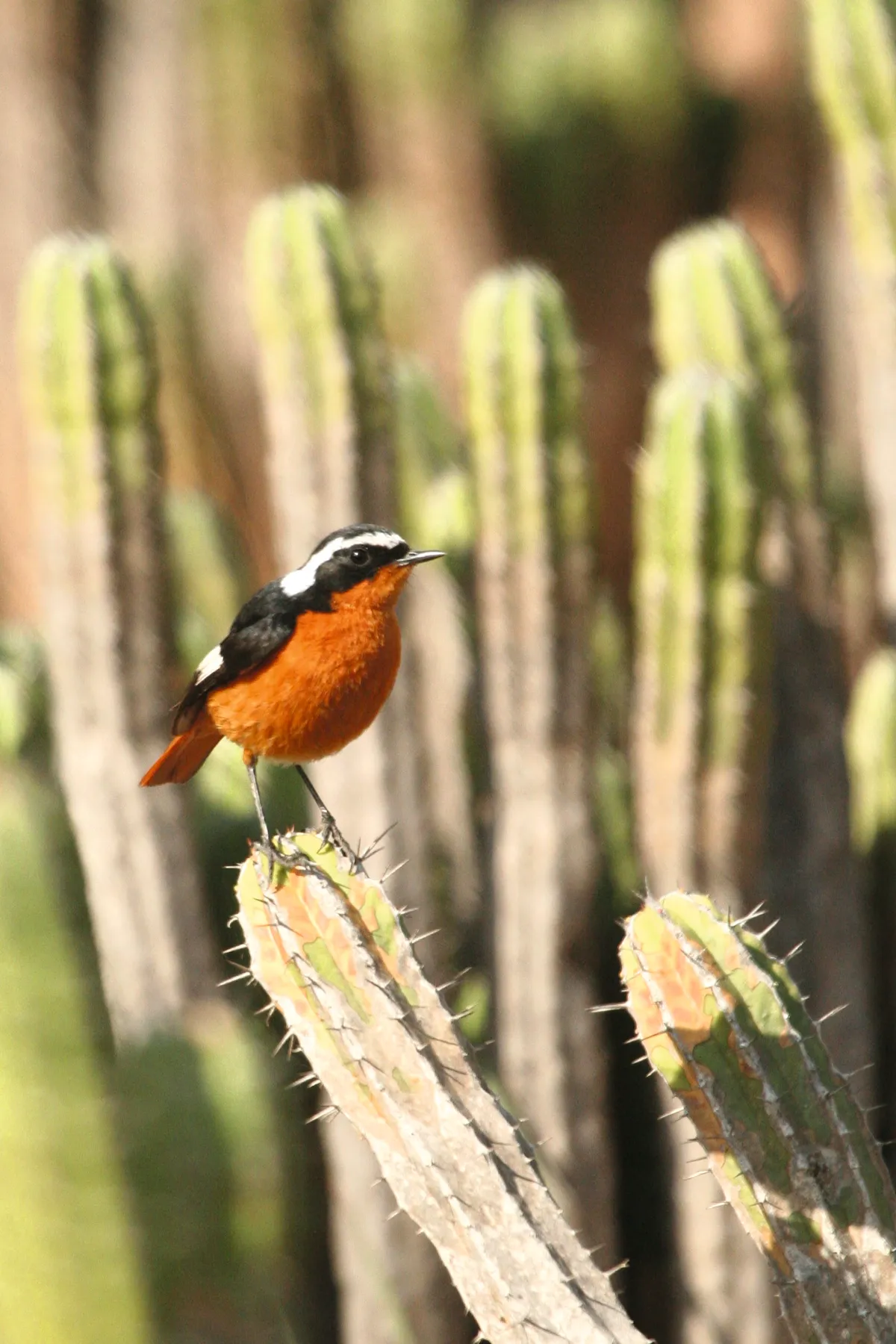
The trip takes in a visit to the Sous Massa National Park, where, as well as a variety of birds, there are several species of antelope that have been reintroduced here, including addax, dorcas gazelle and the graceful scimitar-horned oryx.
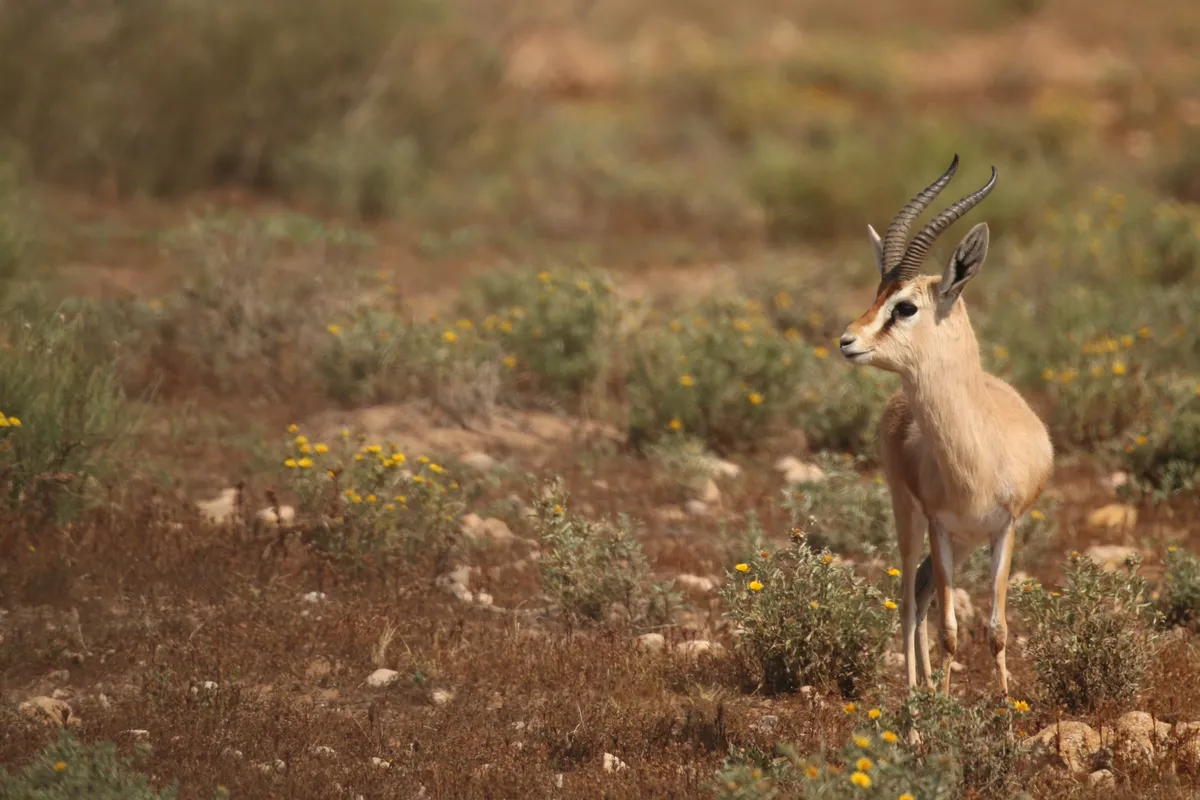
Based for the week at the wonderful Atlas Kasbah hotel (see below), near Agadir, this holiday is intended to provide an introduction to the plants, birds and other wildlife of this corner of southern Morocco, including an insight into the local Berber culture.
Naturalist and director of Wildlife Travel Philip Precey will lead this exciting nature trip with special guest and BBC Wildlife Magazine regular James Lowen. Join them for a taste of wild Morocco.
Your hotel: Atlas Kasbah
This award-winning hotel is set in lush grounds amongst the Argan trees in the Arganeraie Biosphere Reserve.
Opened in 2009, it was designed sustainably and built using traditional techniques with a view to promoting ecotourism in Morocco.
The Atlas Kasbah is the first accommodation in North Africa to have been granted the prestigious World Responsible Tourism Awards (Gold winner, 2015) as a recognition of its proactive ecotourism practices. In 2016 it won the COP22 Tourism and Climate Award.
Organised by BBC Wildlife Magazine in partnership with Wildlife Travel. See below for the planned itinerary. Exact details of the reader holiday may be subject to change.
Trip leaders
Philip Precey is a director of Wildlife Travel and all-round naturalist, who has led more than 65 holidays for Wildlife Travel, including nine previous visits to Morocco since 2013.
James Lowen has been immersed in all aspects of natural history since he was able to walk. This eventually persuaded him to ditch a career in the civil service in favour of becoming a full-time (and award winning) wildlife and travel writer, editor, guide and photographer. James is a frequent contributor to BBC Wildlife and author of several books, notably A Summer of British Wildlife: 100 Great Days Out Watching Wildlife, winner of the Travel Guide Book of the Year at the 2016 Travel Media Awards, and 52 European Wildlife Weekends: a year of short breaks for nature lovers, shortlisted for the same prize in 2018.
What's included
- Return flight to Agadir from London Gatwick or Manchester
- Seven nights' accommodation
- All meals. Evening meals will be at the hotel and there will be picnic lunches on most days.
- Services of guides
- Organised local excursions
What's not included
- Travel to and from Gatwick or Manchester
- Refreshments
- Gratuities
- Insurance
Itinerary
Please note that the itinerary may be changed to suit the weather or other practicalities or at the discretion of the leaders.
Day 1: Saturday 7 March
Flight to Agadir and transfer to the Atlas Kasbah (c. 30 minutes).
Day 2: Sunday 8 March
Today we will explore the lanes and hillsides around the hotel and the nearby village. We walk from the hotel through the Argan woodland and discover why the tree is so valuable. The Argan tree, Argania spinosa is a remnant of a once tropical flora and a key tree in the local economy: the oval fruits sustain the local community and there is an increasing commercial activity selling the sweet rich oil, widely used in cosmetics as well as traditional Moroccan cooking.
Colourful annuals are a feature of the field edges, with local specialities such as the orange-flowered Cladanthus arabicus, the pretty blue Volutaria crupinoides and the bugloss Echium horridum.
The garden birdlife includes common bulbul, house bunting and Moussier’s redstart, species we will become familiar with over the week, while black-crowned tchagra and western Orphean warbler sing from the argan groves.
Day 3: Monday 9 March
The Atlantic coast south to the Sahara is well known for its unique communities of succulents Euphorbia officinarum, E. regis-jubae and Kleinia anteuphorbia mixed with shrubs such as Nauplius imbricatus, Searsia pentaphylla and the desert-dwelling Warionia saharae.
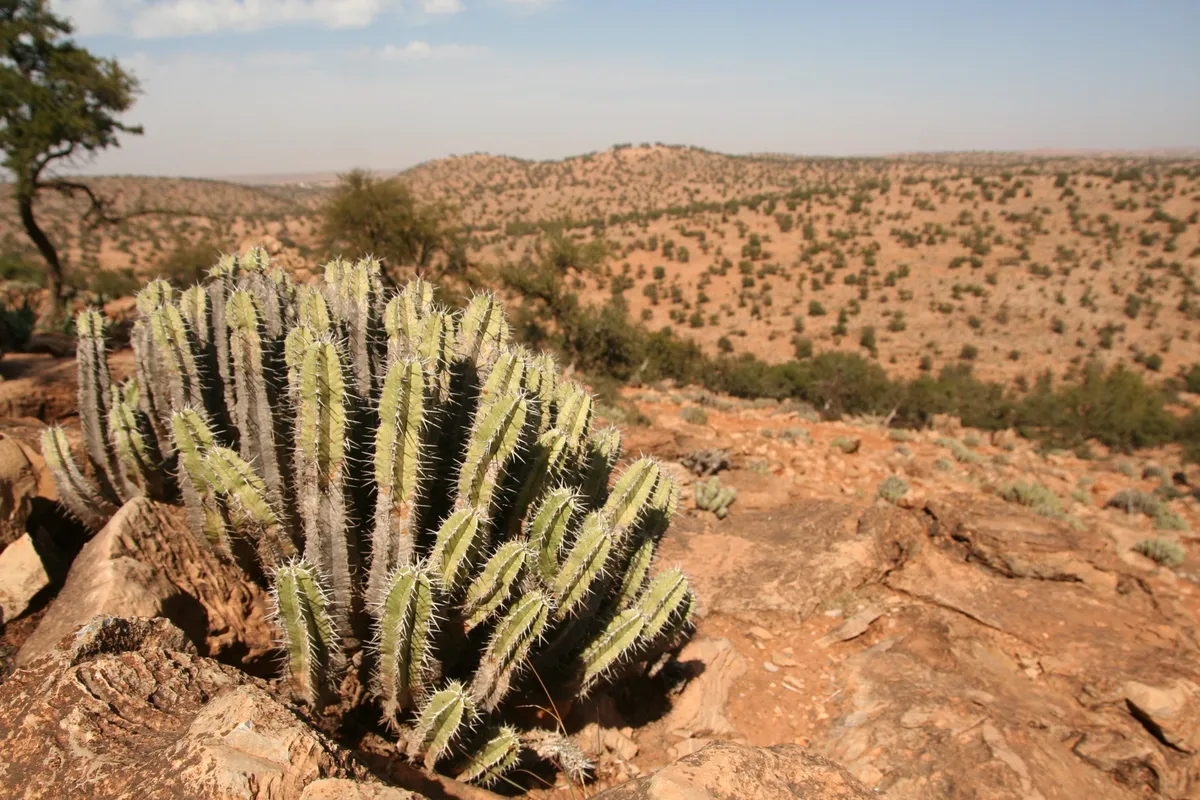
We will visit Cap Rhir to explore these communities and visit nearby Oued Tamri, where we hope to find the endangered northern bald ibis: the total world population is only around 800 birds, with one of the main breeding sites nearby.
Day 4: Tuesday 10 March
Today we visit the attractive town of Taroudant, described as a ’mini Marrakech’ but with a character of its own reflecting its rich Berber culture.
We will enjoy views from ancient city walls and explore the labyrinthine market - full of spices and herbs and traditional furnishings such as rugs and teapots, house buntings singing from the buildings and little swift overhead.
We also visit a women’s Argan oil co-operative and visit the oasis at Tioute, the natural habitat of the date palm Phoenix dactylifera.
Day 5: Wednesday 11 March
We head south along the coast to the famous Sous Massa National Park. We will learn about the important conservation work going on here, especially the reintroduction of a variety of Saharan ‘megafauna’ to the reserve; antelopes including dorcas gazelle, scimitar-horned oryx and addax, and the North African ostrich, all of which have become almost extinct across much of their range due to overhunting. We visit the area where these animals have been reintroduced.
We will finish our day by visiting the Oued Sous, where greater flamingos gather on the estuary and feed alongside various waders, gulls and terns.
Day 6: Thursday 12 March
This morning we head south to the Anti Atlas, a low range of very old mountains, which form much of the landscape in the south east of the country.
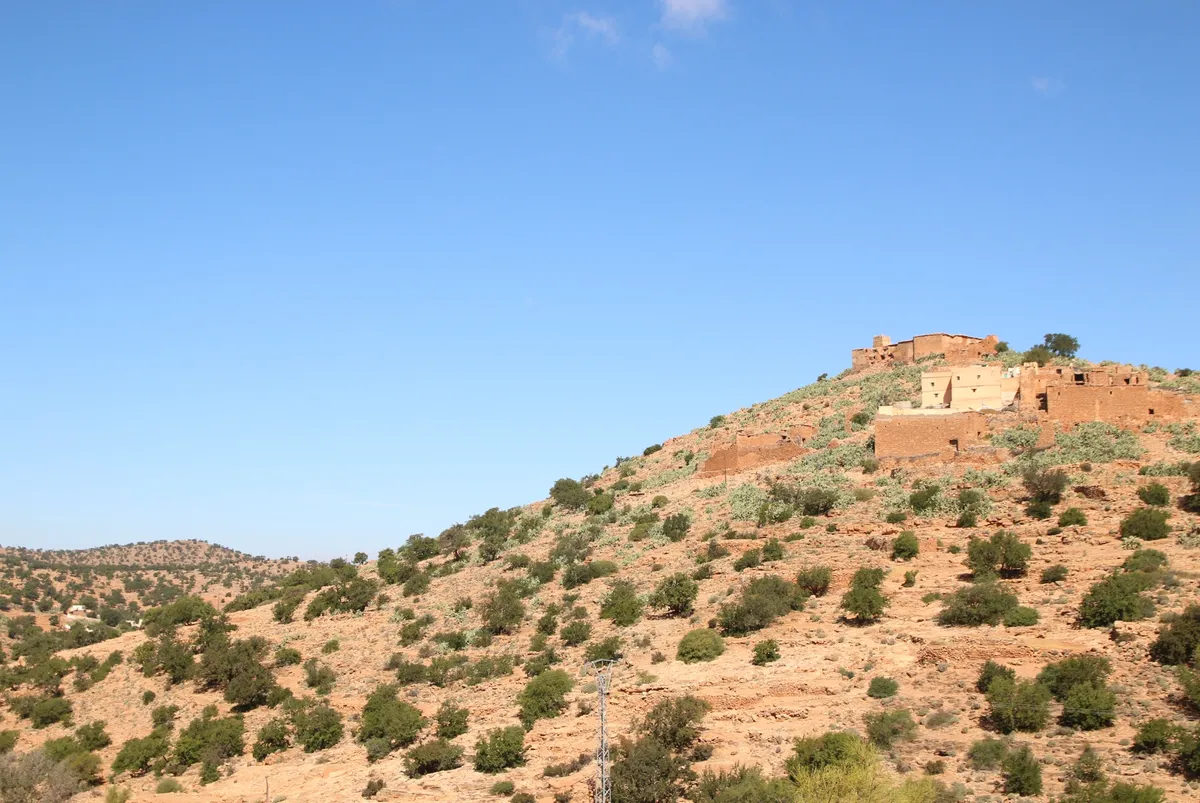
We will travel to Ait Baha and beyond, with stunning views and interesting plants along the way: local endemic specialities include the toadflax Linaria ventricosa and Hesperolaburnum platycarpum. Barbary ground squirrel and the large lizard Bibron’s agama may appear along the roadside, while Bonelli’s eagle soar overhead.
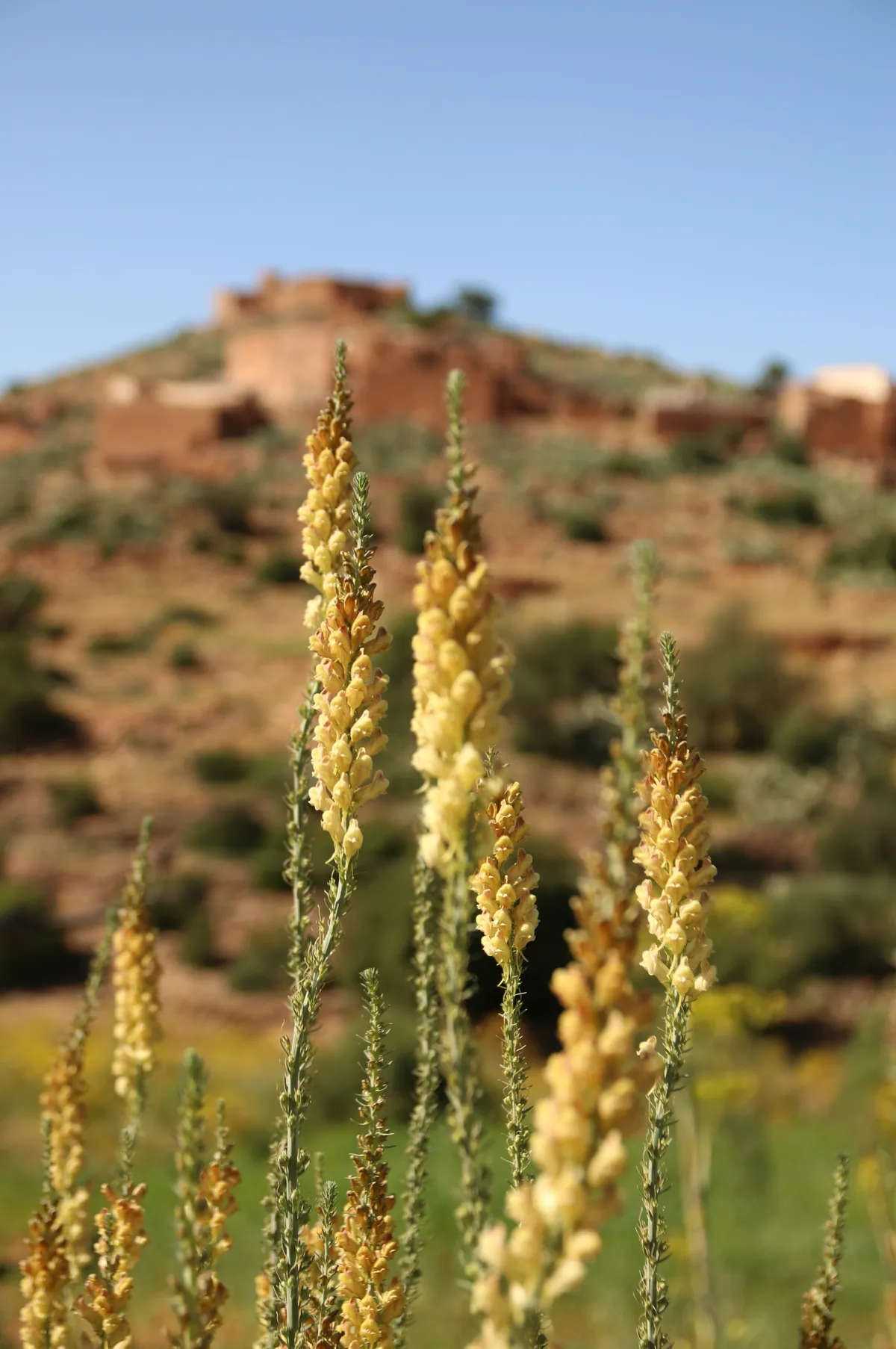
Day 7: Friday 13 March
Today we head in the opposite direction, for the slopes of the High Atlas, making a circuit via the aptly-named Paradise Valley and the Cascades du Immouzer.
We will find the Berber thuya Tetraclinis articulata, an interesting conifer, as well as hillsides covered in dwarf fan palm mixed in with Lavandula dentata and the beautiful shrubby milkwort, Polygala balansae, with contrasting petals of deep purple and yellow.
Day 8: Sat 14 March
Our final morning, for those who have enjoyed the food over the week, there will be the opportunity to learn more about Moroccan cooking this morning.
Alternatively, for those who prefer, we will re-visit some of the local lanes to see how the spring has progressed.
After a final lunch out on the terrace, we will have a lazy afternoon enjoying the relaxing grounds and pool, before we transfer to Agadir and our flights to UK.
Main image: Scimitar-horned oryx. © Philip Precey/Wildlife Travel